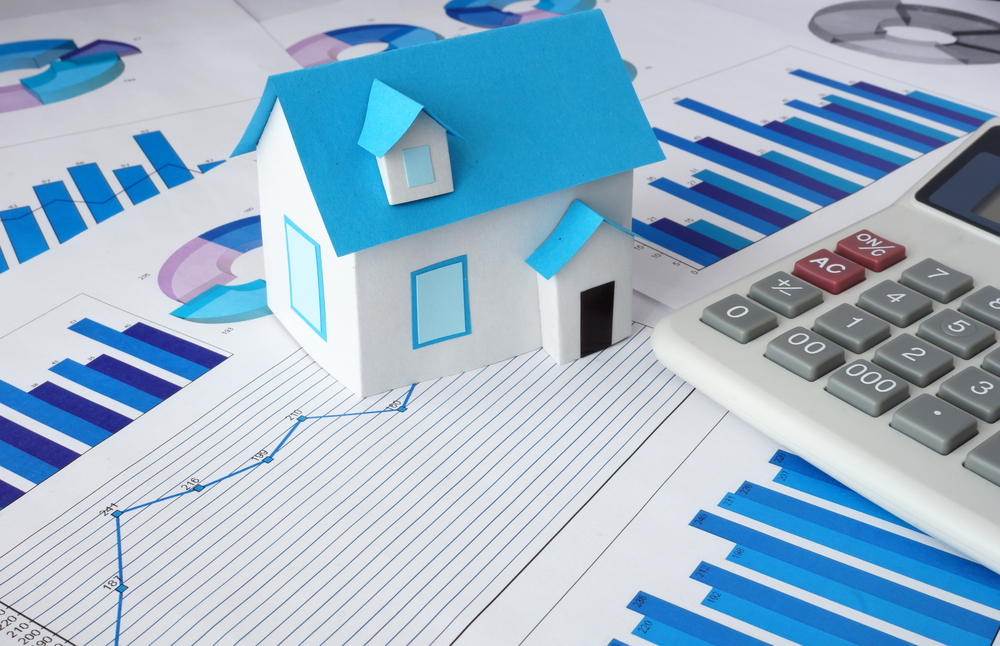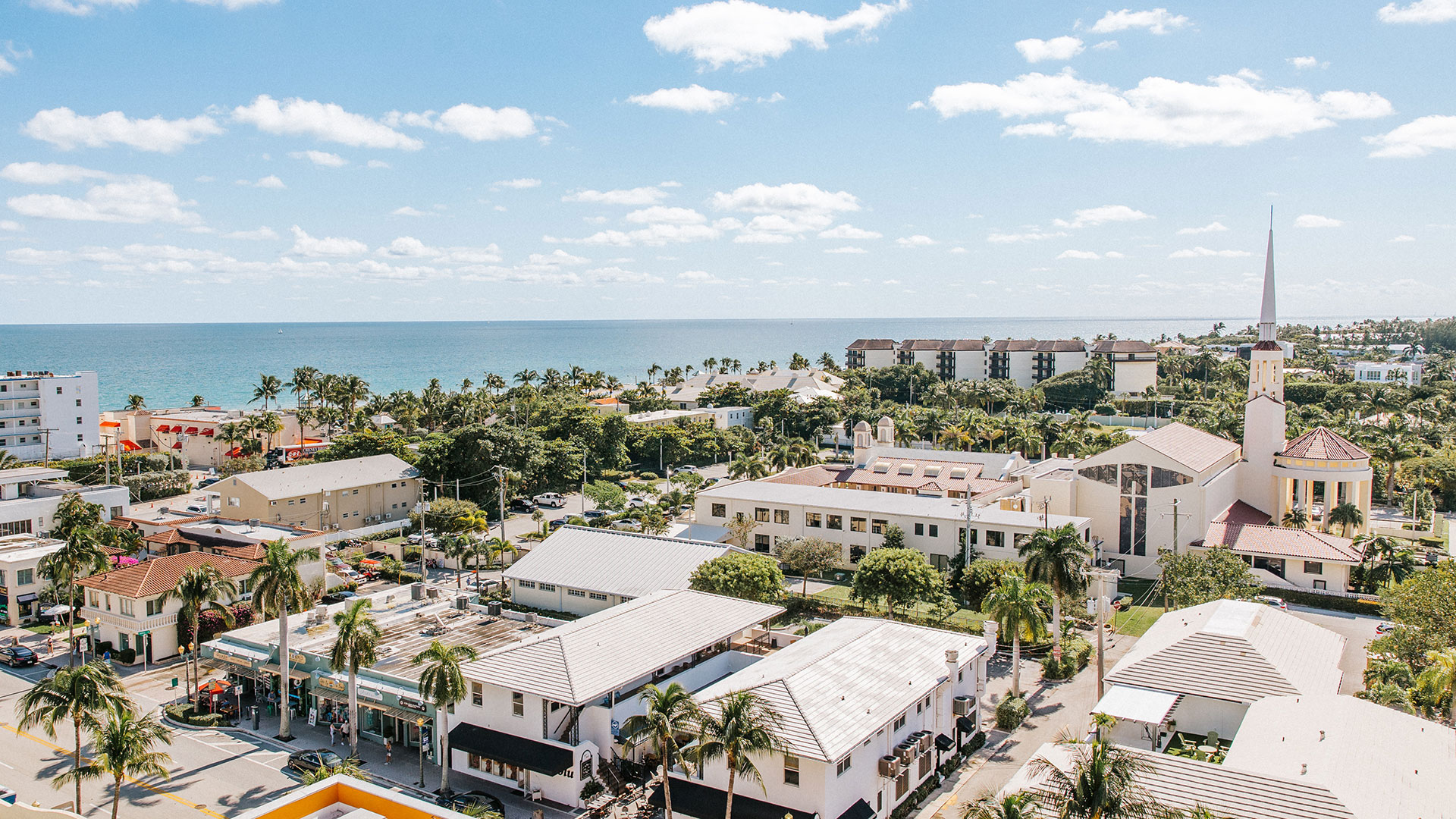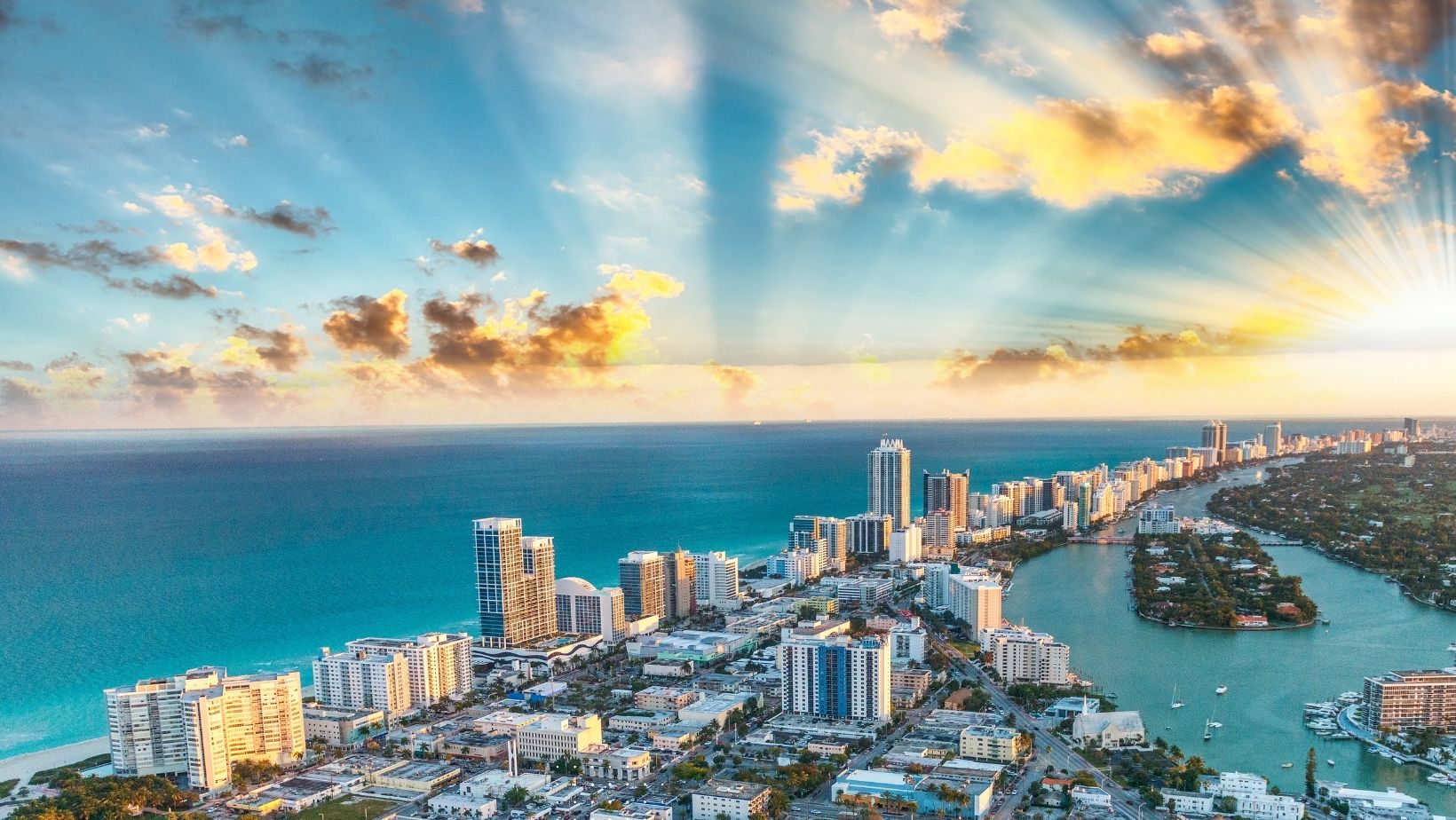The Widening Gap: Homebuyers Need 82% More Income Than Renters in 2025
The Growing Divide Between Homeownership and Renting in America
The financial barrier to homeownership in America has reached new heights in 2025, with potential homebuyers now needing to earn substantially more than renters to afford typical housing costs. According to recent analysis, Americans now need an annual income of $116,633 to afford the median-priced home for sale - a staggering 81.8% more than the $64,160 required to afford a typical apartment rental.
This divide between buying and renting represents a significant expansion from previous years. Just one year ago, homebuyers needed 73.1% more income than renters. Two years prior, the gap was 54.5%, and in 2021, it was a mere 17.3%. The data reveals a troubling trend: the financial threshold for homeownership is accelerating away from what average Americans can afford.
Why the Affordability Gap Continues to Widen
Several key economic factors are driving this growing disparity:
- Persistent Home Price Growth: Median home sale prices increased 4.5% year-over-year to $423,892 as of February 2025, continuing a steady upward trajectory.
- Elevated Mortgage Rates: Despite coming down from their peaks, mortgage rates remain above 6.5% - more than double the record lows seen during the pandemic.
- Stagnant Rental Market: By contrast, median asking rents have essentially plateaued, rising just 0.2% year-over-year to $1,604 in February 2025.
"The rental market has stabilized because of the pandemic-era construction boom that increased apartment supply," explains housing economist Elijah de la Campa. "Meanwhile, limited housing inventory—partially due to the mortgage rate lock-in effect—continues to fuel competition among buyers, driving prices higher."
The typical American household earns an estimated $86,382 annually—approximately $30,000 less than what's required to comfortably afford the median-priced home. This growing disconnect is forcing many would-be homeowners to remain in rental properties much longer than previous generations.
Which Cities Have the Largest Affordability Gaps?
The disparity between income requirements for buying versus renting varies dramatically by location. Tech hubs and coastal cities demonstrate the most extreme divides:
Highest Homebuying Premiums (% More Income Needed to Buy vs. Rent)
- San Jose, CA: 218% premium ($408,557 vs. $128,580)
- San Francisco, CA: 176% premium ($296,984 vs. $107,720)
- Seattle, WA: 145% premium ($202,909 vs. $82,680)
- Austin, TX: 143% premium ($135,841 vs. $55,960)
- Los Angeles, CA: 141% premium ($265,481 vs. $110,000)
By contrast, several Midwest and Rust Belt markets remain relatively accessible to homebuyers:
Lowest Homebuying Premiums (% More Income Needed to Buy vs. Rent)
- Pittsburgh, PA: 14.4% premium ($66,350 vs. $58,000)
- Cleveland, OH: 29.7% premium ($66,135 vs. $51,000)
- Detroit, MI: 30.7% premium ($70,584 vs. $54,000)
- Cincinnati, OH: 38.9% premium ($80,752 vs. $58,120)
- Philadelphia, PA: 40.9% premium ($105,417 vs. $74,800)
Cities Where the Gap Is Expanding Fastest
The affordability gap is widening most dramatically in certain markets where home prices are rising while rents are actually declining:
Salt Lake City, UT: The gap expanded by 28 percentage points year-over-year, as home prices rose 4.3% while rents fell 7.8%.
Austin, TX: Experienced a 24.6 percentage point increase in the gap, with home prices dipping slightly (-1.3%) but rents plummeting 10.1%.
San Diego, CA: Saw a 21.7 percentage point expansion, with home prices up 3.4% and rents down 5.7%.
"Pandemic boomtowns like Austin and Salt Lake City are experiencing sharp rental declines as newly completed apartment buildings flood the market," notes the analysis. "Meanwhile, major urban centers like New York and Los Angeles are seeing significant home price appreciation as these cities regain their appeal."
The Few Markets Where Renting and Buying Are Converging
Not all cities are seeing the affordability gap widen. A handful of markets—primarily in the Northeast and Mid-Atlantic regions—are experiencing the opposite trend:
Cincinnati, OH: The gap narrowed by 8.7 percentage points as rents surged 15.3% year-over-year while home prices rose at a more modest 7.8%.
Providence, RI: Saw a 7.5 percentage point reduction in the gap, with rents climbing 12.2% compared to a 6.7% increase in home prices.
Local real estate professional Cody Brownfield explains the Cincinnati phenomenon: "The increase in rents is definitely having an impact on the for-sale market—a lot of people are looking to buy instead of rent, and many of those people are first-time homebuyers in their mid-to-late twenties."
Insights: Understanding Today's Housing Market Dynamics
Why are home prices rising while rents remain flat?
The divergence reflects different supply dynamics in each market. New apartment construction has increased rental inventory, giving renters more options and limiting landlords' ability to raise rents. Meanwhile, existing homeowners with low mortgage rates are reluctant to sell, creating inventory shortages that drive competition and price increases in the for-sale market.
Is homeownership becoming unattainable for average Americans?
While the current environment presents significant challenges, affordability varies dramatically by location. The typical American household earning $86,382 cannot comfortably afford the median-priced home nationally ($423,892), but numerous markets—particularly in the Midwest and parts of the South—remain relatively accessible.
Will the homebuying premium continue to increase?
Economists suggest the gap may narrow slightly in coming months as rental rates are expected to accelerate due to construction slowdowns. However, President Trump's newly announced tariffs add economic uncertainty, potentially affecting mortgage rates, construction costs, home prices, and employment levels.
How does the current affordability gap compare to historical norms?
The current 81.8% premium for homebuying versus renting represents a dramatic increase from just four years ago, when the gap was only 17.3%. This rapid expansion of the homeownership barrier is unprecedented in recent decades and reflects persistent housing supply shortages combined with higher financing costs.
What options exist for those caught in this affordability gap?
Potential strategies include exploring more affordable housing markets, considering alternative financing options like adjustable-rate mortgages or down payment assistance programs, house-hacking (purchasing multi-unit properties and renting out portions), or continuing to rent while investing savings elsewhere to build wealth through non-real estate channels.
As housing costs continue to outpace income growth in many markets, understanding local dynamics becomes increasingly critical for both renters and potential homebuyers looking to make informed financial decisions in today's complex housing landscape.













